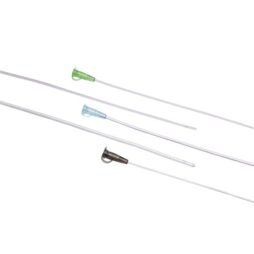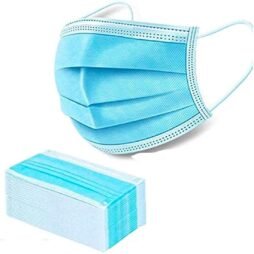Feeding bags, often referred to as enteral feeding bags, are essential medical devices used for the safe and controlled administration of liquid nutrition directly into a patient’s gastrointestinal (GI) tract. These bags are commonly used in healthcare settings to provide nourishment to individuals who are unable to eat or drink normally due to various medical conditions. Here’s a description of feeding bags:
Description of Feeding Bags:
Feeding bags are sterile, single-use containers designed to hold and deliver liquid enteral nutrition to patients. They are typically made of medical-grade plastic materials that are safe for storing and delivering nutritional formulas. Key components of feeding bags include:
- Bag: The bag itself is a flexible, transparent container designed to hold the enteral nutrition formula. It is usually graduated with volume markings to allow for accurate measurement and monitoring of the amount of formula administered.
- Bag Port: The bag has one or more ports for the attachment of various components, including tubing, connectors, and syringes. These ports are typically equipped with caps to maintain sterility until the bag is ready for use.
- Hanging Loop: Many feeding bags have a built-in hanging loop or hook for easy suspension from an IV pole or other suitable support structure. This allows for gravity-based feeding.
- Clamp or Roller Clamp: A clamp or roller clamp is often included on the tubing attached to the feeding bag. This device allows healthcare providers to regulate the flow of the enteral nutrition, ensuring precise control of the rate of delivery.
- Tubing: The feeding bag is connected to a flexible and transparent tubing system that delivers the nutritional formula from the bag to the patient’s feeding tube or access point. The tubing is often equipped with connectors compatible with various feeding tube types.
How Feeding Bags Work:
- Preparation: The enteral nutrition formula is prepared according to the patient’s prescribed dietary requirements and doctor’s orders. It is poured into the sterile feeding bag.
- Attachment: The feeding bag is attached to the patient’s feeding tube or access point. This is typically done using a secure connector.
- Regulation: The healthcare provider uses the clamp or roller clamp on the tubing to control the rate of formula delivery. This allows for precise control over the patient’s feeding regimen.
- Monitoring: The volume of formula delivered is monitored closely to ensure the patient receives the prescribed amount of nutrition. The bag is changed regularly to maintain hygiene and sterility.
Applications:
Feeding bags are used in various clinical scenarios, including:
- Enteral Nutrition: Providing nourishment to patients who cannot eat or drink normally due to conditions such as gastrointestinal disorders, surgery recovery, or neurological impairments.
- Long-Term Care: Feeding bags are commonly used in long-term care facilities and home healthcare settings for patients who require ongoing enteral nutrition support.
- Critical Care: In intensive care units (ICUs), feeding bags may be used to deliver specialized nutritional formulas to critically ill patients.
- Pediatric Care: Feeding bags are used in neonatal and pediatric care to ensure infants and children receive essential nutrition when oral feeding is not possible.






